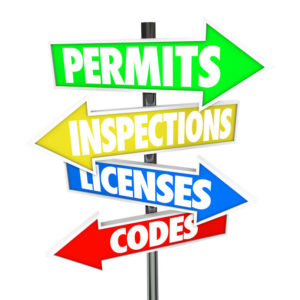Keeping up to date with current building codes is necessary to ensure the safety and quality of any building project. Building codes can get a bit confusing considering how many of them are. Not only that, but these building codes are very often changed by architects, engineers, and inspectors to ensure that the minimum safety standards and structural integrity are being met. For a building project, many codes must be taken into account when constructing. Details such as foundation, project size, wall assemblies, materials, roof structure, etc, all of these must comply with the current standards.

Depending on the climate zone, there are different building codes when roofing. For example, roofs on buildings that are located in climate zones from 1 to 3 must have the minimum requirement for solar reflectance. The climate zones are based on the temperature which starts from 1 (hottest) to the coldest zone. These are further divided depending on the moisture which is represented by letters beside the number designated to the climate zone. So, if for example, you see an A next to the zone number, then the project falls in the moist category. If replacing the roof, the re-roofing materials need to comply with current codes. When replacing the roof some of the codes require the replacement of every material down to the deck.
When roofing, it is important not to cut any corners and it is wise to go above the minimum standards when roofing to guarantee the safety and structural integrity of the roof. The codes cover many details from the roofing materials themselves to the proper ventilation inside the attic. Because the codes may be different in each state, the best way to get familiar with local building codes is from your licensed San Ramon roofer and building inspector. They can be of great assistance during the roofing or re-roofing phase.

